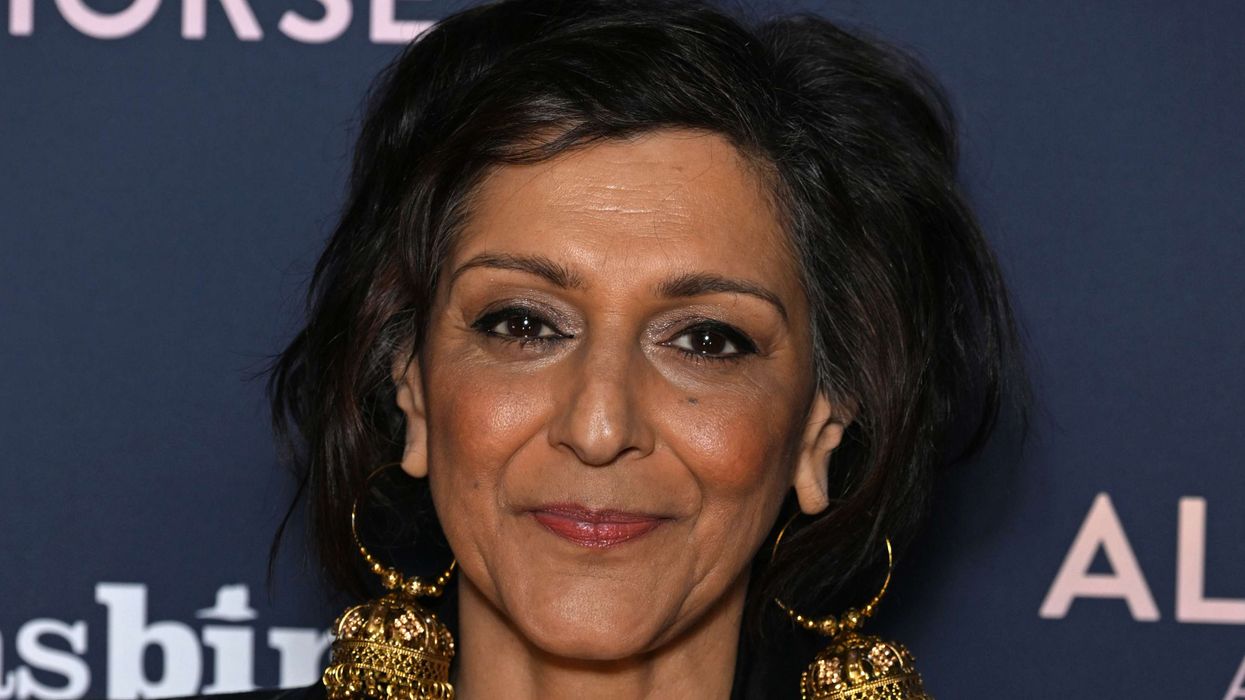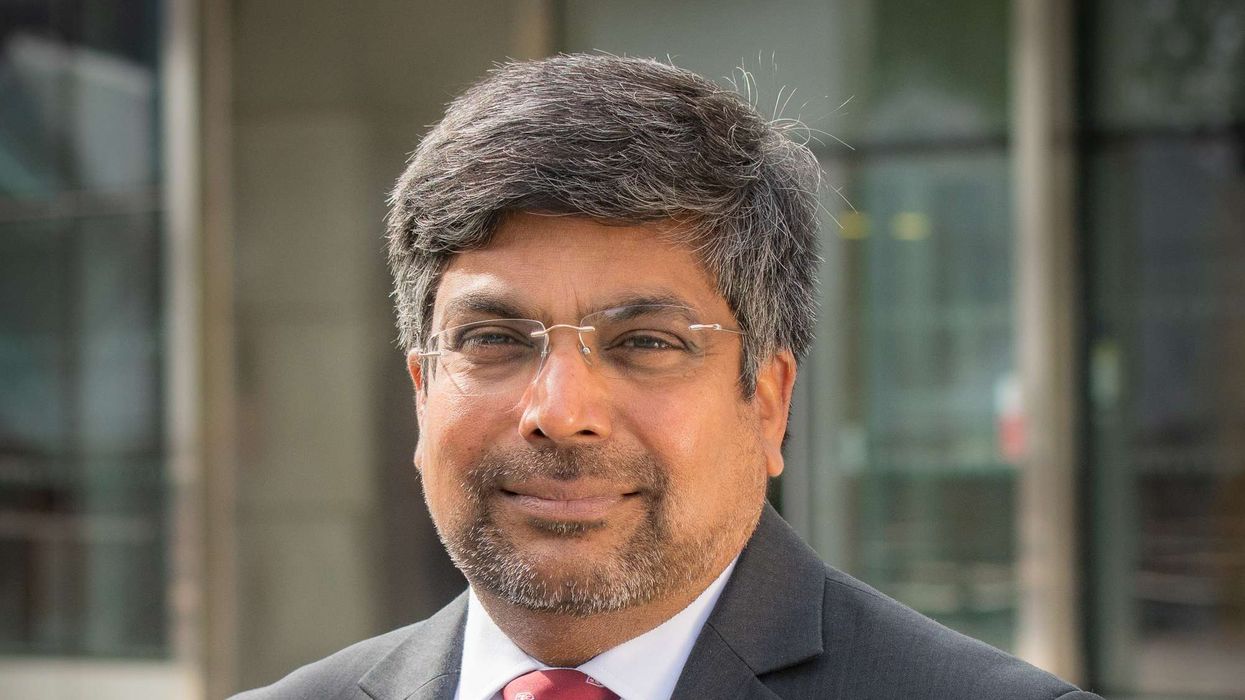The countdown to the Asia Cup 2025 has begun, with cricket's premier continental tournament set to unfold in the UAE from September 9-28. As anticipation builds among Asian cricket fans worldwide, many are exploring various engagement opportunities, from understanding team dynamics to discovering platforms where they can find the best betting apps in India and other viewing options. This tournament promises to be a defining moment in T20 cricket, featuring eight teams battling for regional supremacy across Dubai and Abu Dhabi.
Tournament Schedule and Venue Details
The Asia Cup 2025 will span 19 matches across two world-class venues, with Dubai International Cricket Stadium hosting 11 matches and Sheikh Zayed Cricket Stadium in Abu Dhabi accommodating eight games. All matches commence at 6:30 PM local time, except for the UAE vs Oman encounter on September 15, which starts at 4:00 PM. The tournament follows a comprehensive format with group stage action leading to a Super Four phase, culminating in the final on September 28.
The eight participating teams are divided into two groups: Group A features India, Pakistan, UAE, and Oman, while Group B comprises Afghanistan, Bangladesh, Sri Lanka, and Hong Kong. The top two teams from each group advance to the Super Four stage, where they compete in a round-robin format before the top two progress to the championship match.
The Marquee Clash: India vs Pakistan
The tournament's centerpiece remains the India vs Pakistan encounter scheduled for September 14 at Dubai International Cricket Stadium. This fixture represents more than just cricket - it's a cultural phenomenon that captivates millions across the subcontinent and diaspora communities worldwide. Recent head-to-head statistics favor India, who have won nine of thirteen T20I meetings between these nations.
India enters this tournament as the defending champions and current T20I world champions, boasting significant depth in their 15-member squad. Pakistan, under new captain Salman Ali Agha, presents a rejuvenated approach with several young talents replacing veteran players like Babar Azam and Mohammad Rizwan.
Star Players to Watch
India's powerhouse squad features captain Suryakumar Yadav leading a blend of experienced campaigners and emerging talents. Jasprit Bumrah remains their pace spearhead, while Hardik Pandya provides crucial all-round capabilities. The batting lineup includes the explosive Shubman Gill and versatile options like Rinku Singh and Tilak Varma, who have impressed in recent T20I series.
Pakistan's new-look team under Salman Ali Agha's captaincy emphasizes youth and aggression. Key players include pace sensation Haris Rauf, left-arm speedster Shaheen Afridi, and promising youngsters like Saim Ayub and Hasan Nawaz. The exclusion of established stars Babar Azam and Mohammad Rizwan signals Pakistan's commitment to building for the future.
Sri Lanka's squad revolves around captain Charith Asalanka, with spin twins Wanindu Hasaranga and Maheesh Theekshana providing the bowling backbone. Both spinners showcased excellent form in recent series against Bangladesh, with Hasaranga becoming the second-fastest Sri Lankan to 100 ODI wickets.
Bangladesh's contingent is led by Litton Das, who recently equaled Shakib Al Hasan's record for most fifty-plus scores in T20Is for Bangladesh. The team features a mix of experience through players like Mustafizur Rahman and Taskin Ahmed, alongside emerging talents such as Parvez Hossain Emon.
Recent Form Analysis and Predictions
India's recent T20I performances demonstrate their status as tournament favorites. Their current ranking as the world's number one T20I side reflects consistent performances across different conditions. The team's depth allows for strategic rotation without compromising quality, making them formidable opponents.
Pakistan's transformation under new leadership presents an intriguing dynamic. While the absence of senior players creates uncertainty, their recent T20I series victory against the West Indies under Salman Ali Agha's captaincy suggests growing confidence. The team's emphasis on aggressive cricket could prove decisive in knockout situations.
Sri Lanka's recent series victory over Bangladesh demonstrates their competitive edge. The team's spin-heavy attack, led by Hasaranga and Theekshana, provides them with significant advantages on UAE pitches that traditionally favor slower bowlers.
Bangladesh faces challenges with key player exclusions, particularly Shakib Al Hasan's bowling suspension. However, their recent T20I series wins against Sri Lanka and Pakistan at home showcase their potential to surprise stronger opponents.
British Asian Fan Engagement
UK-based cricket enthusiasts have excellent viewing options through TNT Sport 1 and the TNT Sports app, which hold official broadcasting rights. These platforms ensure comprehensive coverage of all matches, including pre-game analysis and post-match discussions tailored for British Asian audiences.
For British Asian communities, this tournament represents cultural connection alongside sporting entertainment. The diaspora's passion for cricket, particularly India-Pakistan encounters, creates viewing parties and community gatherings that strengthen cultural bonds while celebrating sporting excellence.
The tournament's timing, with matches starting at 2:30 PM GMT, suits UK audiences perfectly for weekend and evening viewing. This accessibility enables British Asian cricket fans to follow their heritage teams while maintaining daily routines.
Tournament Outlook
Based on recent form and squad depth, India appears best positioned for title defense, though Pakistan's youthful exuberance could create upsets. Afghanistan's improving T20I credentials make them dark horses, while Sri Lanka's spin strength provides knockout-stage potential. The tournament promises competitive cricket with multiple teams capable of reaching the final, ensuring exciting viewing for cricket fans worldwide.
The Asia Cup 2025 stands as cricket's premier regional tournament, combining sporting excellence with cultural significance, particularly for South Asian communities globally.


 Prof Nishan Canagarajah
Prof Nishan Canagarajah
 Paavan Popat
Paavan Popat Enver Solomon
Enver Solomon Dhruv Patel
Dhruv Patel Ritan Mehta
Ritan Mehta Mani Kohli
Mani Kohli





